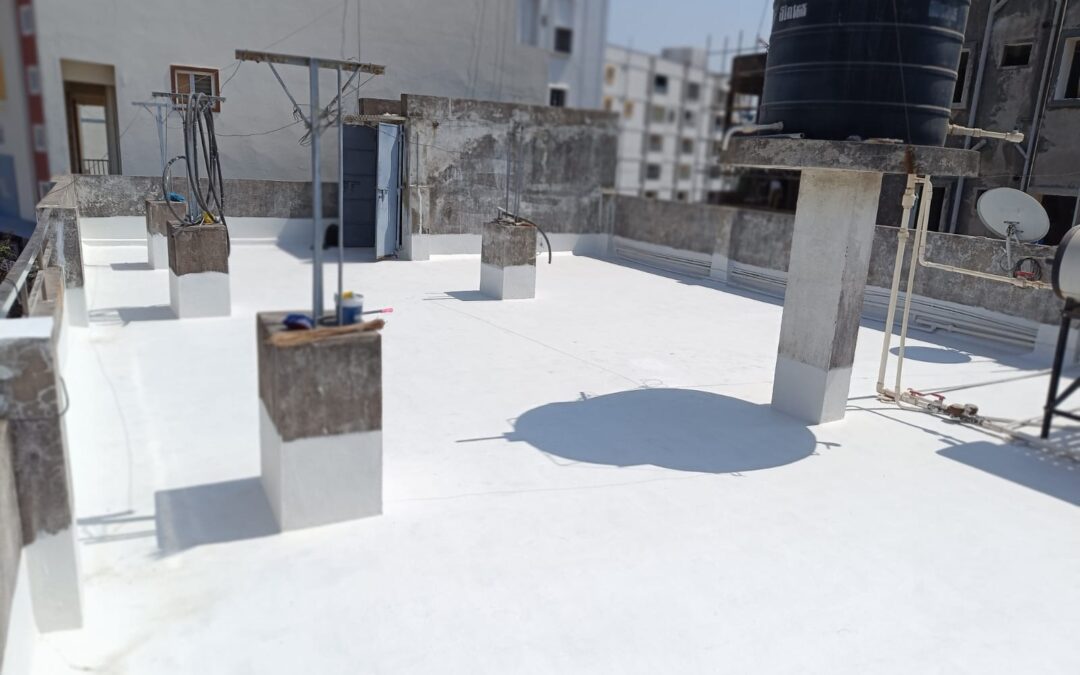Water is essential for life, but it can also be a source of damage and distress for your home. Water can seep into your home through cracks, joints, and pores in the walls, floors, and roofs. It can cause dampness, mold, corrosion, and structural deterioration. It can also affect the aesthetics, hygiene, and comfort of your home. Waterproofing your home is the best way to prevent water damage and protect your home from the adverse effects of water. Waterproofing your home involves applying a layer of water-resistant material or coating on the surfaces that are exposed to water or moisture. This layer prevents water from penetrating into the structure and keeps your home dry and safe.
But how do you waterproof your entire home? What are the different types of waterproofing solutions available? How do you choose the right waterproofing materials and methods for your home? And who can help you with waterproofing your home? In this comprehensive guide, we will answer all these questions and more. We, RK ENGINEERS will cover everything you need to know about waterproofing your home from foundation to rooftop.
Why You Need To Waterproof Your Entire Home
Waterproofing your home is not a luxury, but a necessity. Here are some of the benefits of waterproofing your home :
- Waterproofing your home can increase its value and durability. It can prevent costly repairs and maintenance in the future. It can also enhance the appearance and appeal of your home.
- Waterproofing your home can improve its health and hygiene. It can prevent the growth of mold, mildew, and bacteria that can cause allergies, asthma, and infections. It can also eliminate the unpleasant odor and stains caused by dampness.
- Waterproofing your home can improve its comfort and efficiency. It can reduce the heat loss and gain through the walls and roofs, which can lower your energy bills and carbon footprint. It can also create a cozy and pleasant indoor environment for you and your family.
How To Waterproof Your Entire Home?
Waterproofing your home is a complex and comprehensive process that requires careful planning and execution. It involves different types of waterproofing solutions for different parts of your home. Here are the main steps involved in waterproofing your entire home:
- Identify the sources and signs of water leakage and damage in your home. Look for cracks, gaps, holes, and stains on the walls, floors, and roofs. Check for dampness, mold, and peeling paint. Pay special attention to the areas that are more prone to water exposure, such as bathrooms, kitchens, basements, and balconies.
- Choose the right waterproofing solutions for your home. Each type has its own advantages and disadvantages, depending on the nature and extent of the water problem, the surface to be treated, and the budget and preference of the homeowner.
You may need to use different types of waterproofing solutions for different parts of your home, such as:
- Foundation waterproofing: This involves applying a waterproof membrane or coating on the exterior or interior of the foundation walls and floor slab. This prevents water from entering the basement or crawl space and damaging the structure. Foundation waterproofing is usually done during the construction phase, but it can also be done later as a retrofit solution From Foundation to Rooftop .


Recent Comments